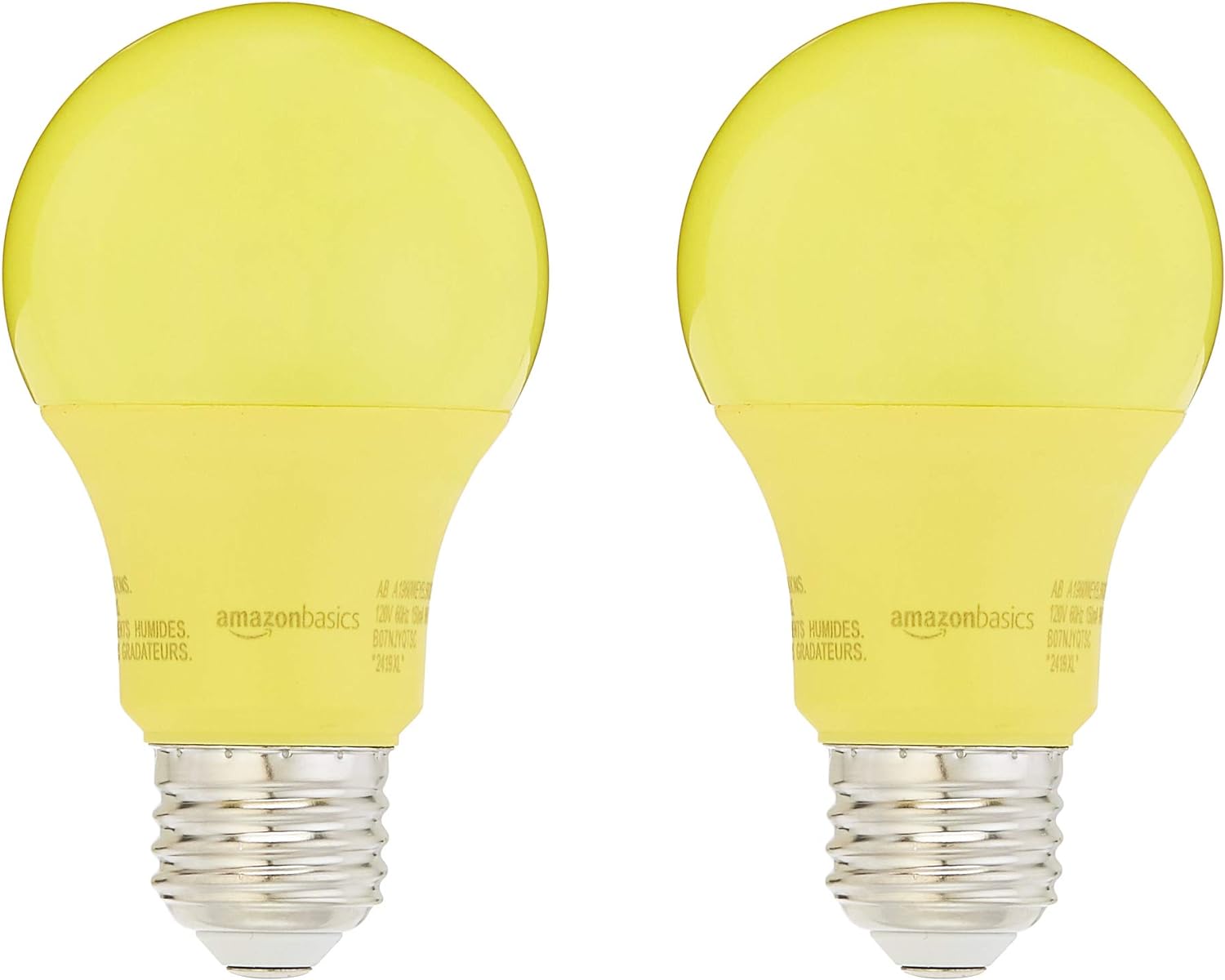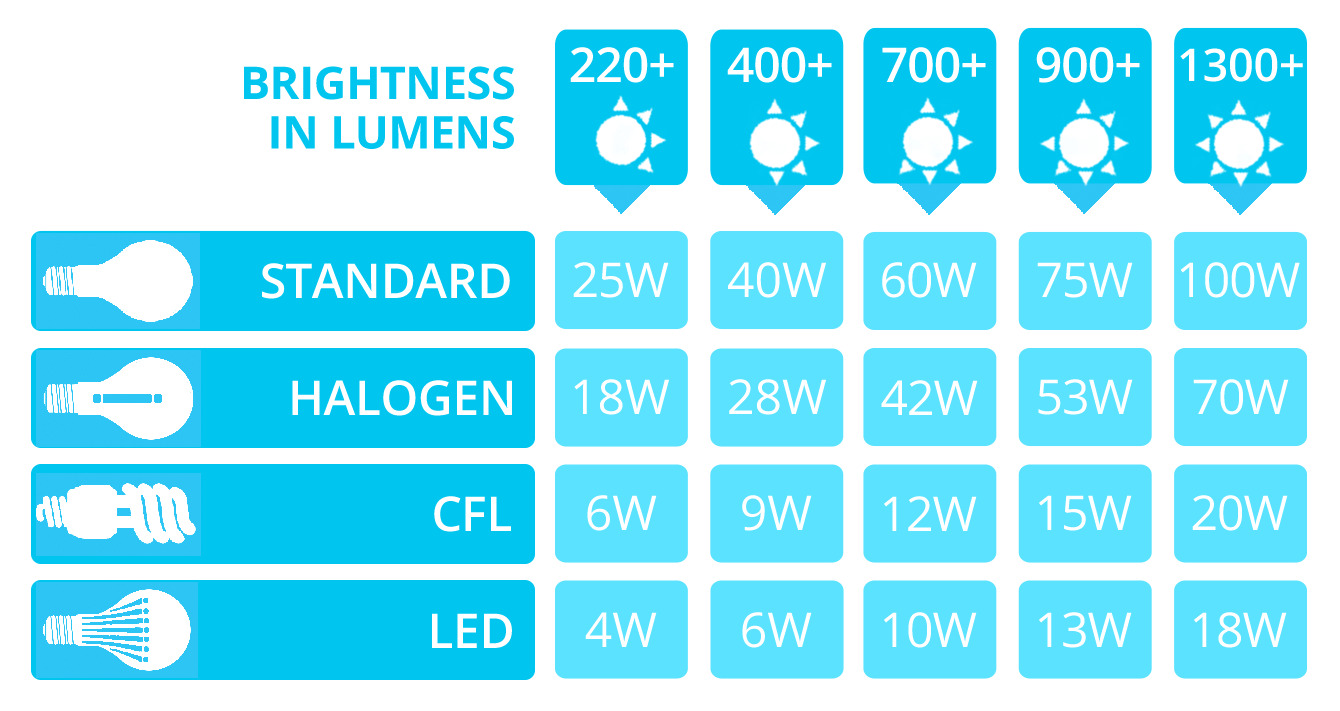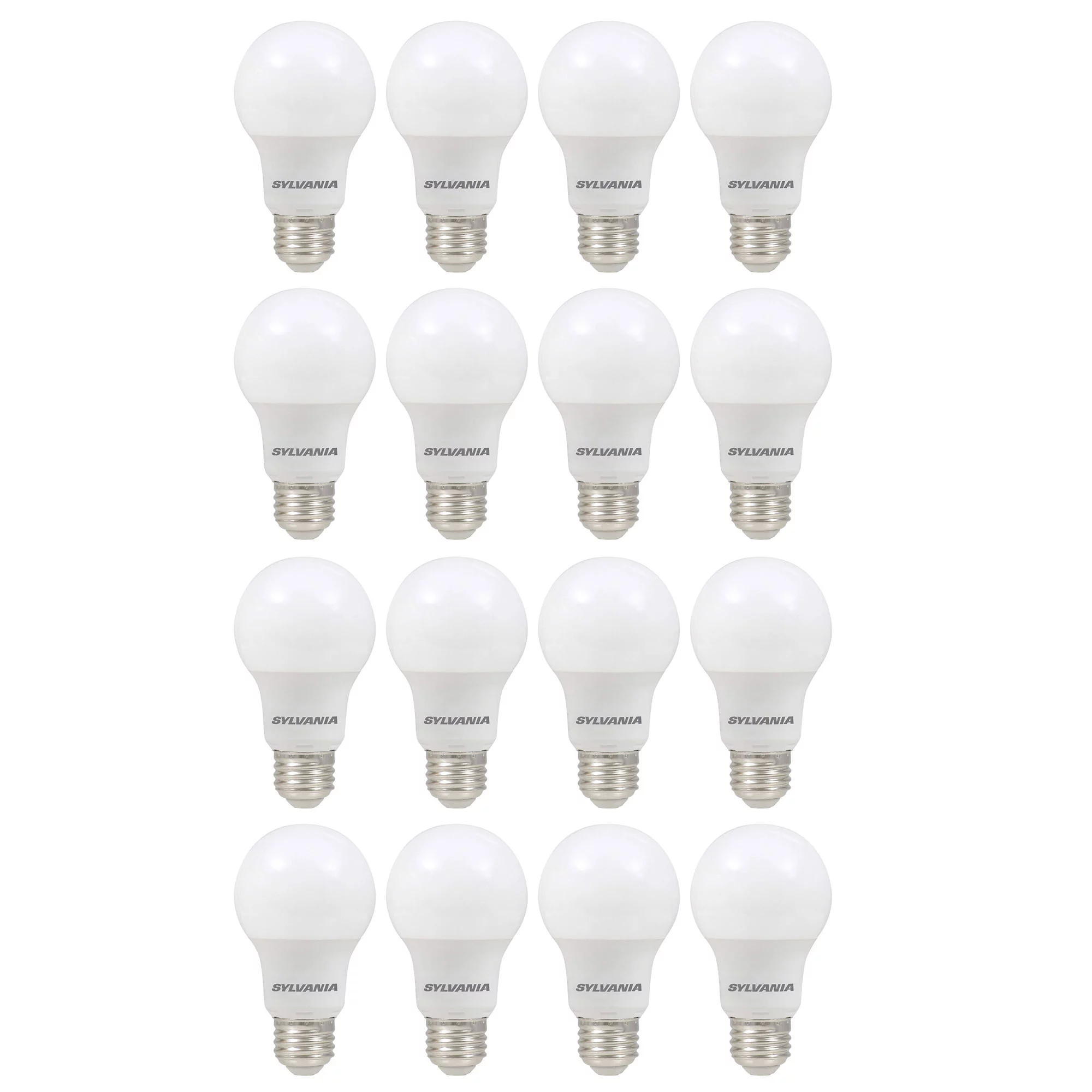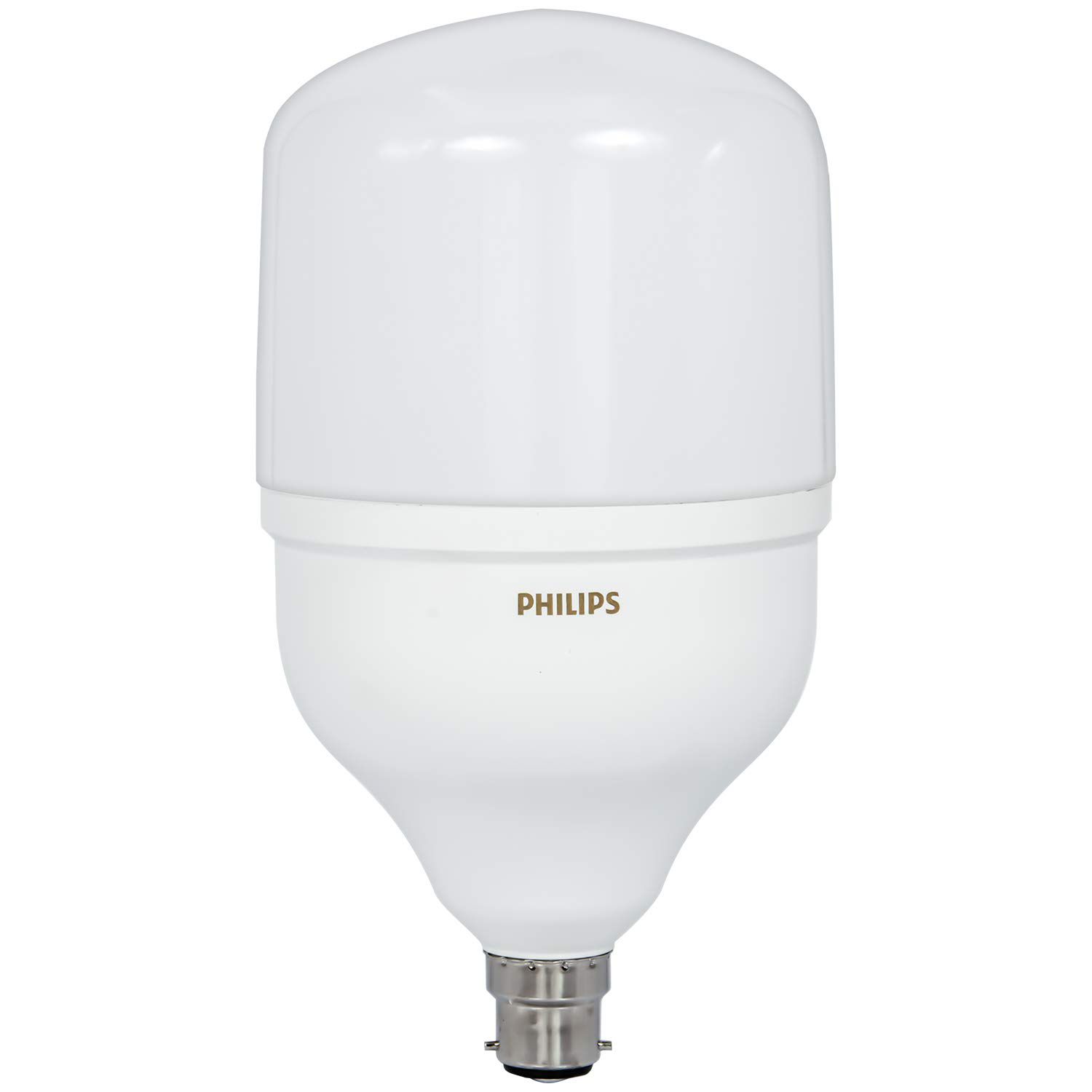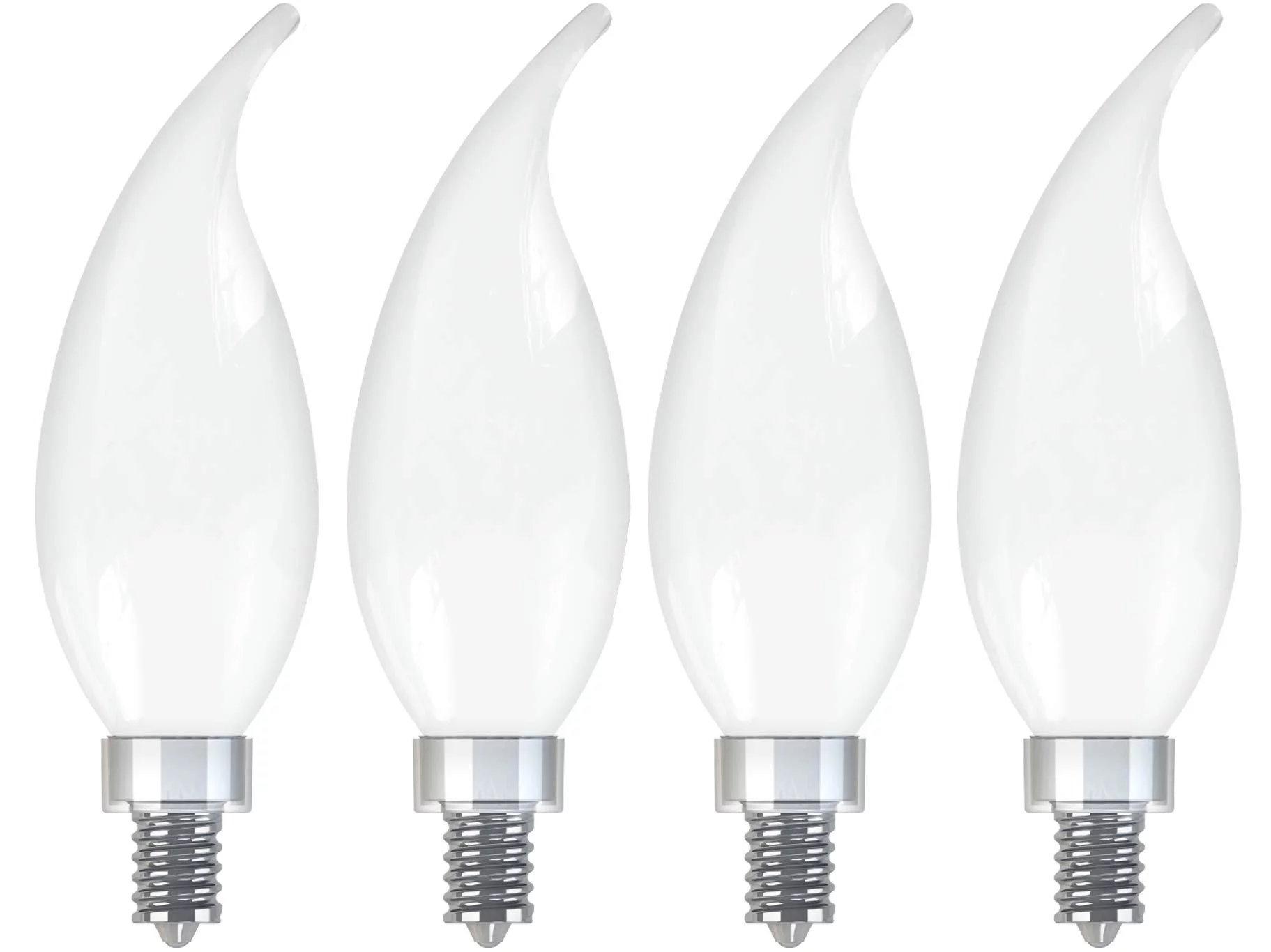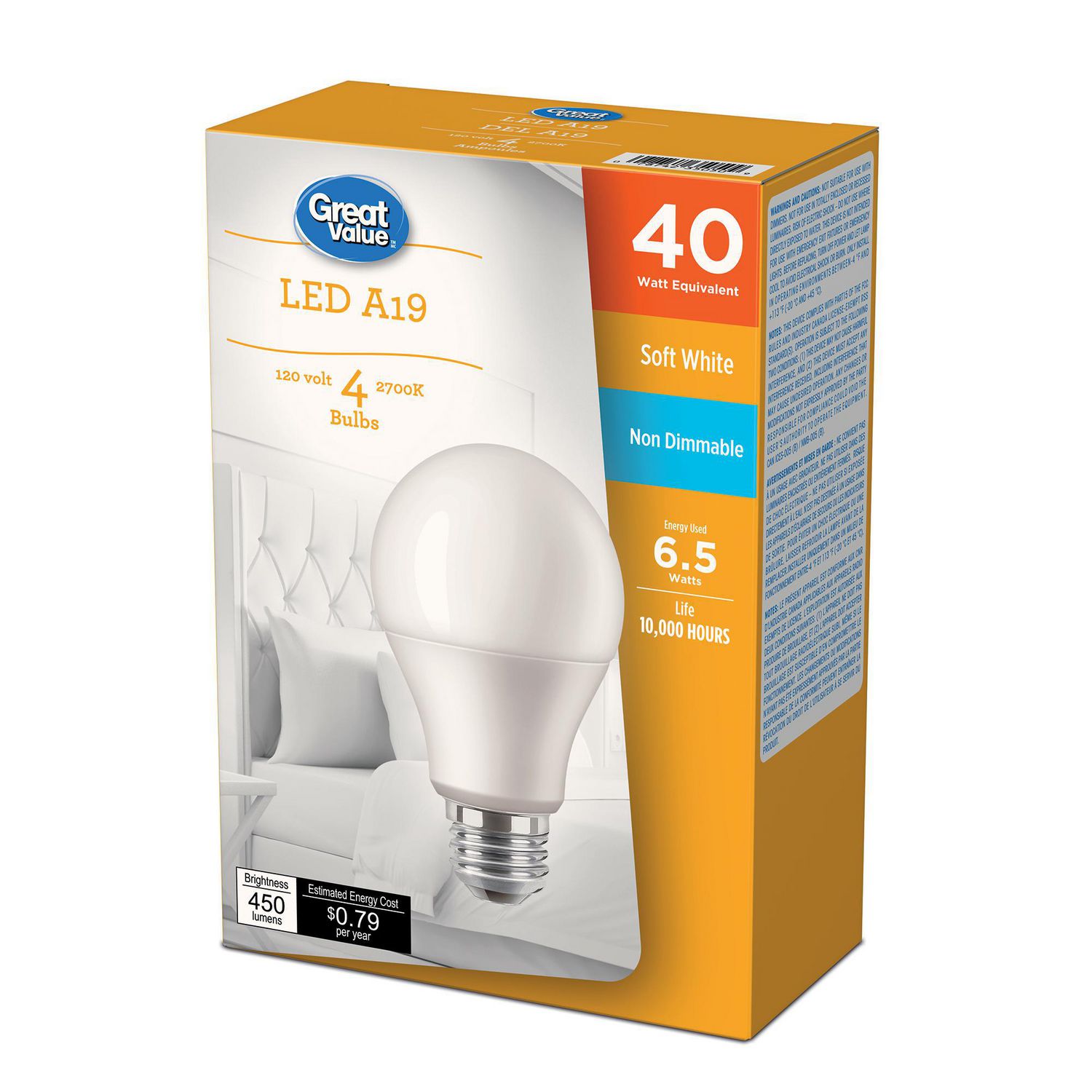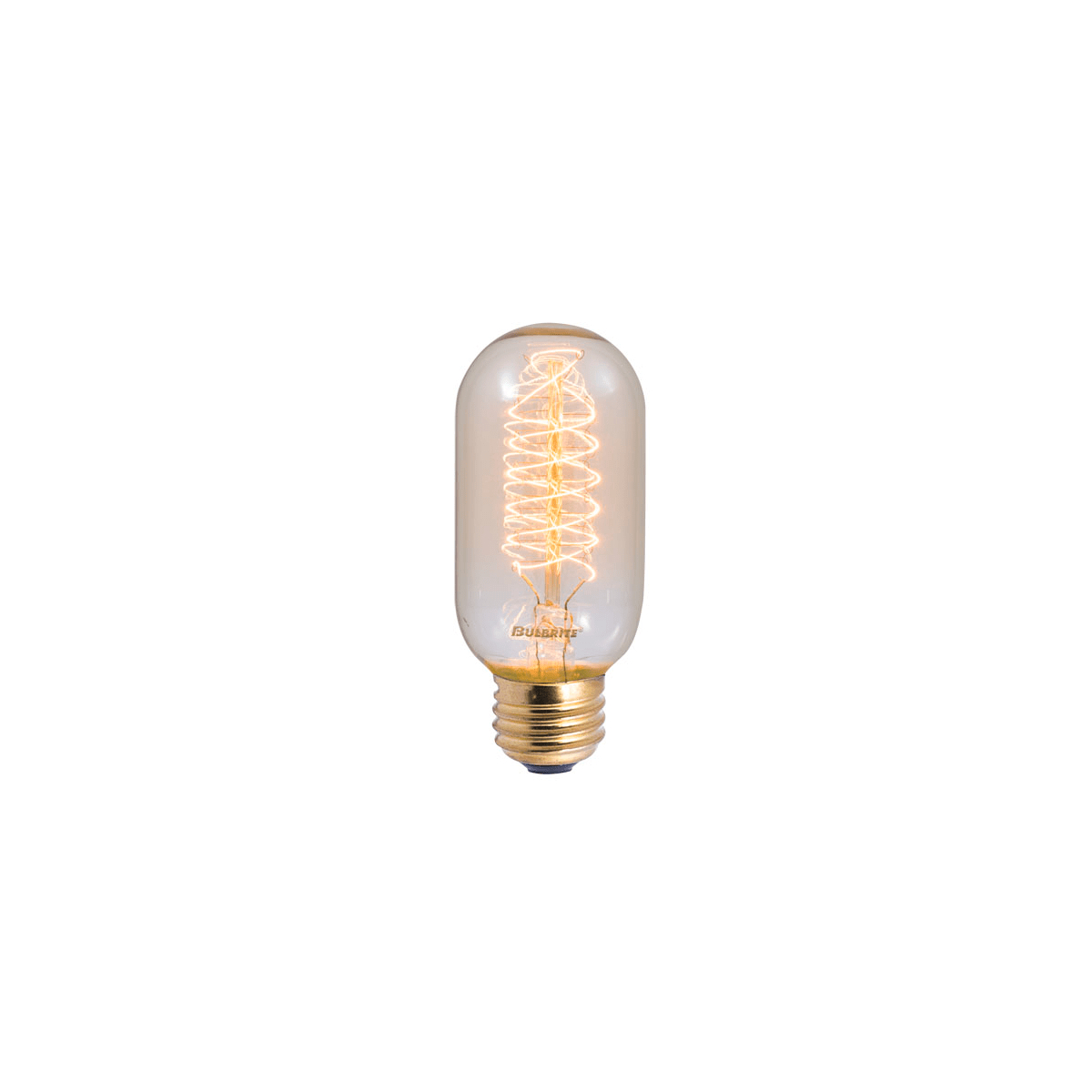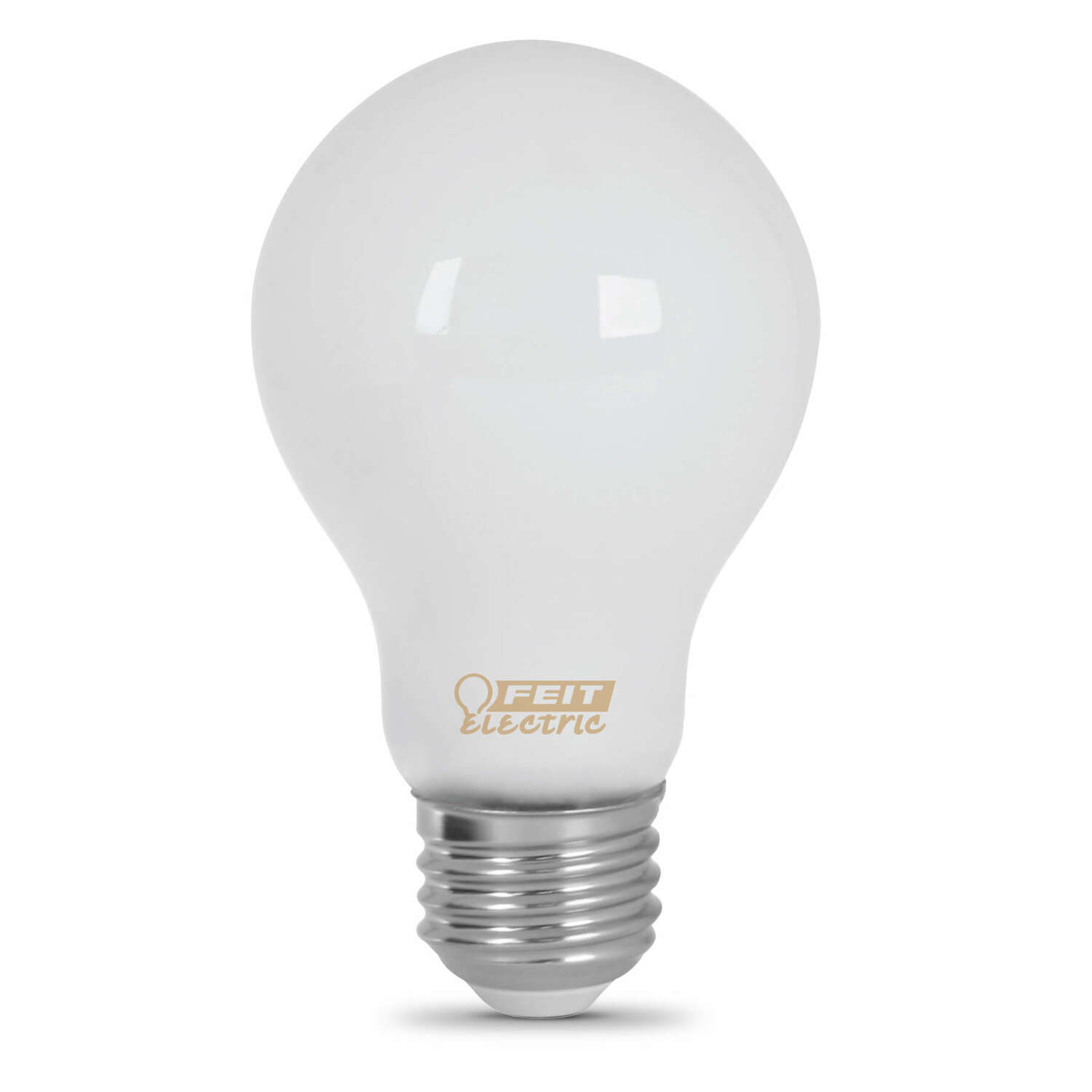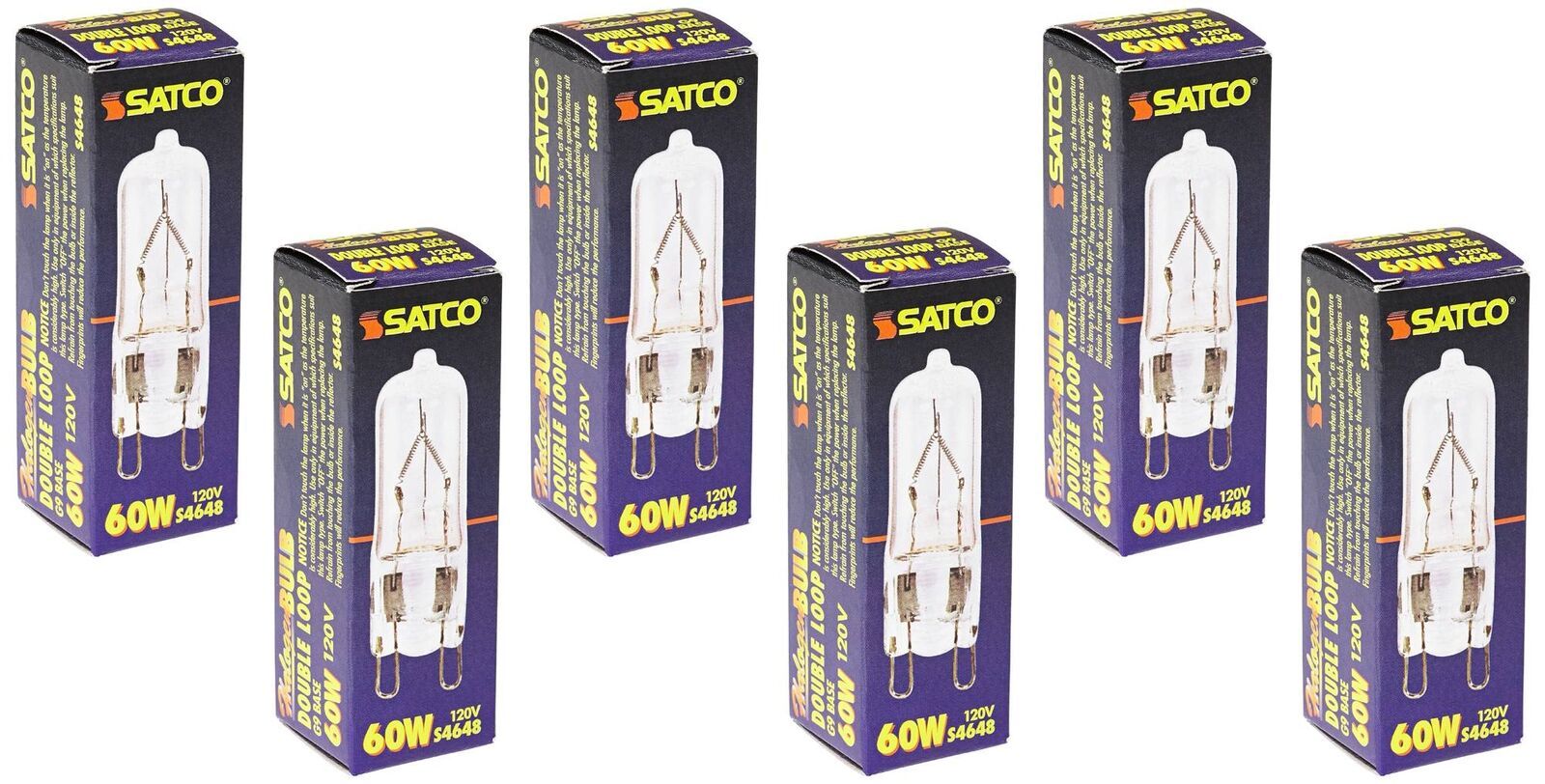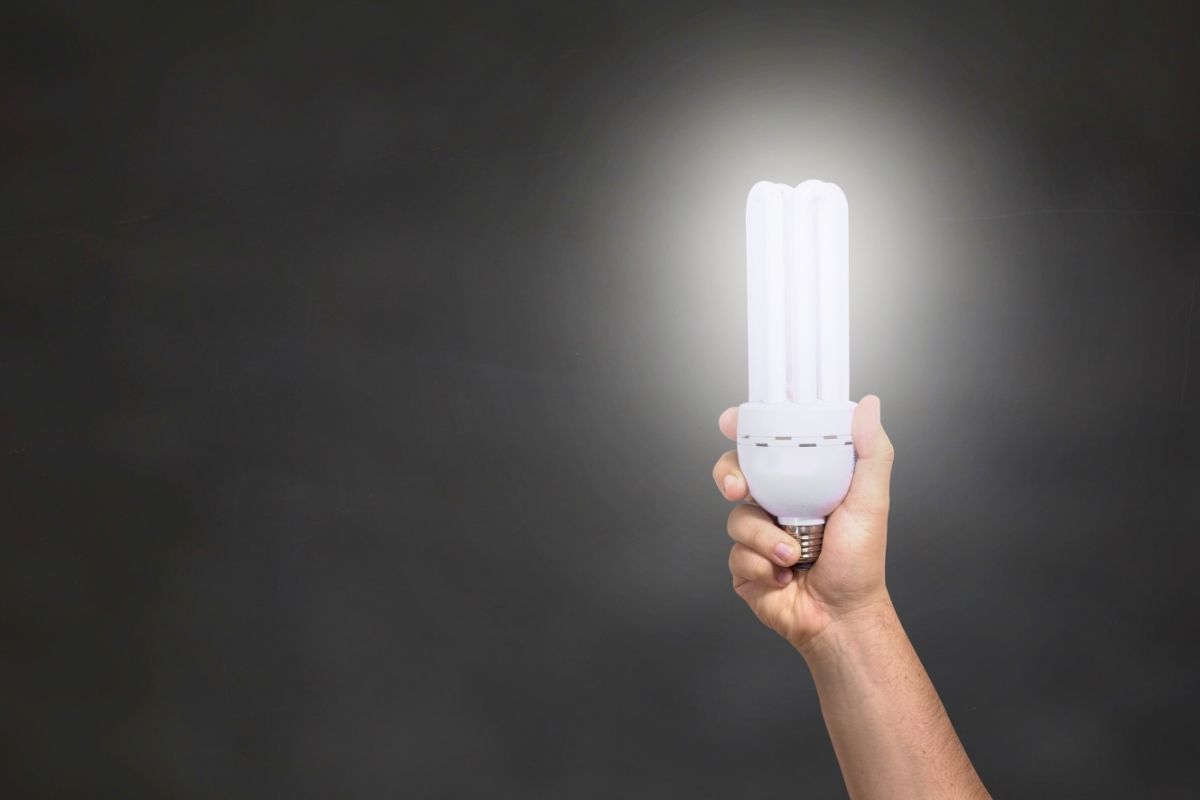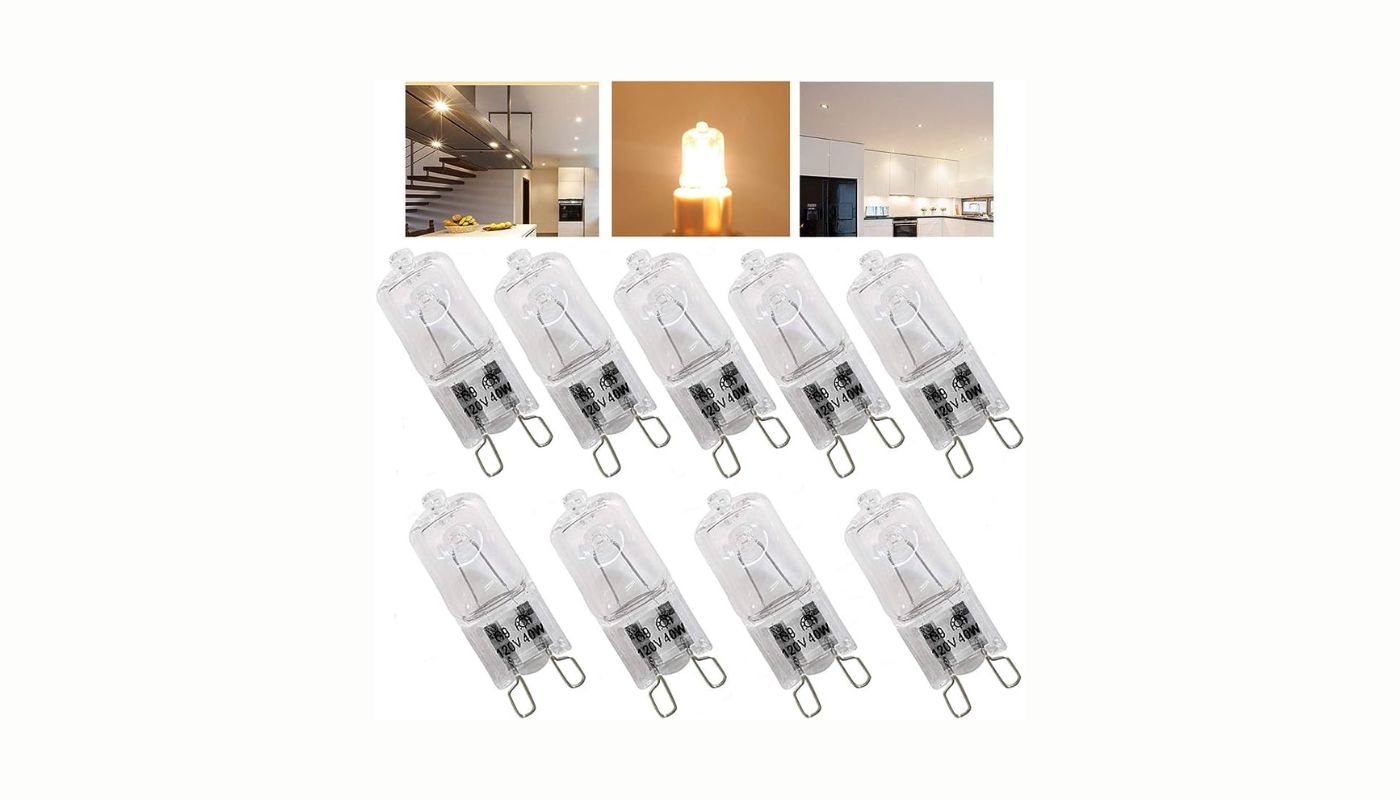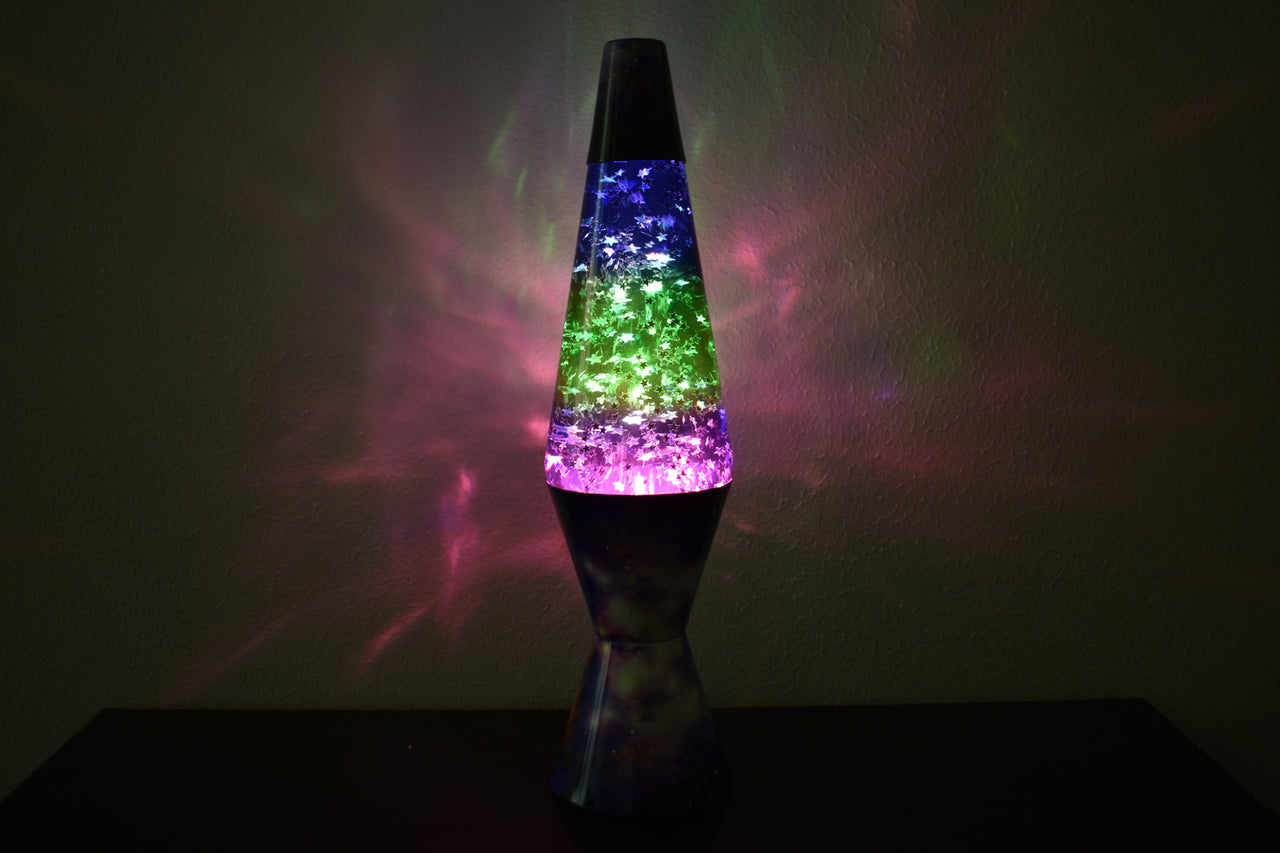Home>Furniture>What Will Happen If I Put A 60-Watt Bulb In A 40-Watt Lamp
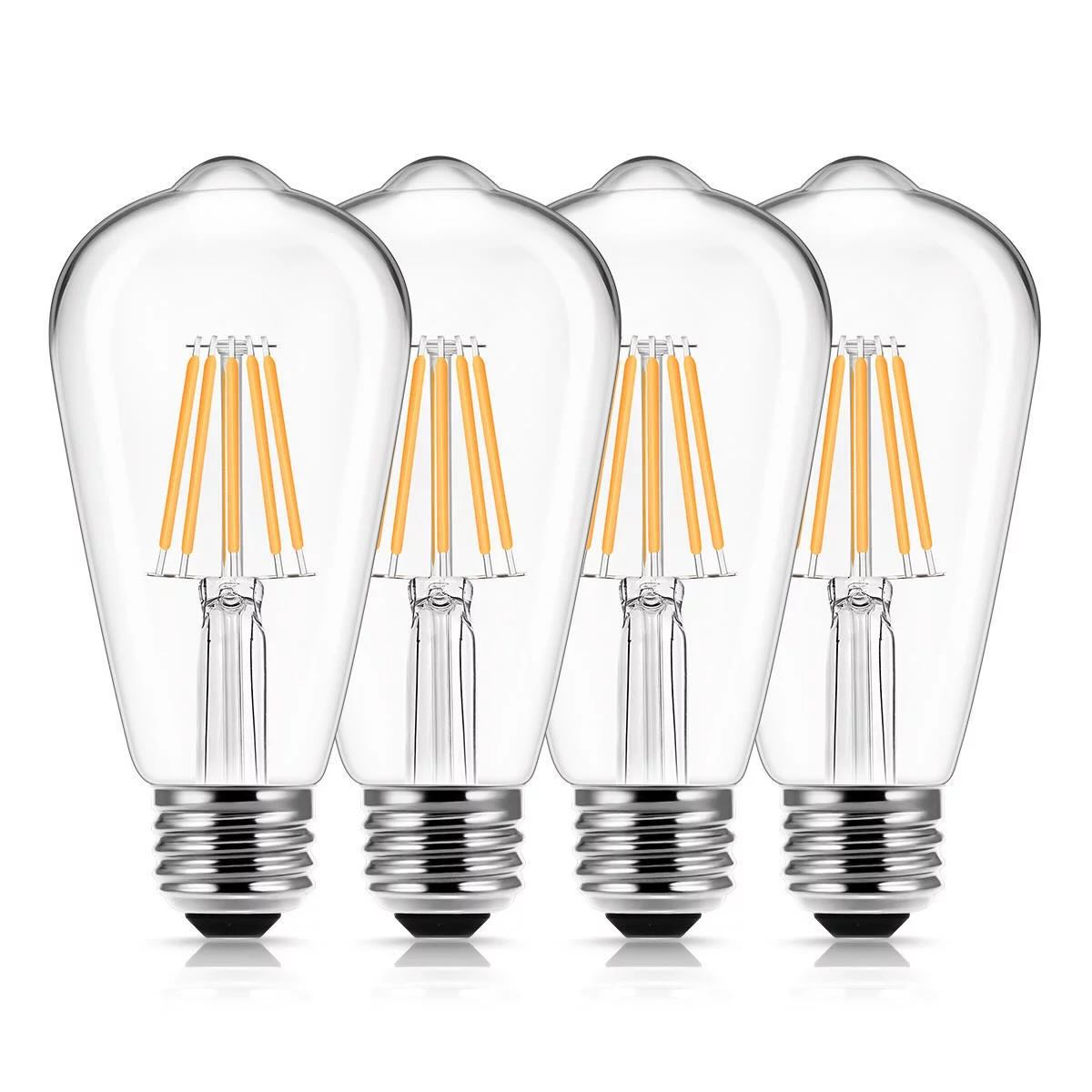

Furniture
What Will Happen If I Put A 60-Watt Bulb In A 40-Watt Lamp
Modified: May 6, 2024
Discover the consequences of using a higher-watt bulb in a lower-watt lamp. Don't compromise on safety and functionality - choose the right furniture for your lighting needs.
(Many of the links in this article redirect to a specific reviewed product. Your purchase of these products through affiliate links helps to generate commission for Storables.com, at no extra cost. Learn more)
Introduction
Choosing the right wattage for your lamps is an essential aspect of home lighting. While it may seem like a simple task, using the incorrect wattage can have significant consequences. In this article, we will explore the potential hazards and effects of using a higher wattage bulb in a lamp that has a lower wattage rating.
Understanding the basics of wattage and bulb ratings is crucial to maintaining safety and maximizing the lifespan of your lamps. The wattage of a bulb refers to the amount of power it consumes. A higher wattage bulb generally emits more light and uses more electricity compared to a lower wattage bulb.
Most lamps have a specific wattage rating recommended by the manufacturer. This rating indicates the maximum wattage the lamp can safely handle. It is essential to follow these recommendations to prevent electrical problems and ensure the longevity of your lamps.
Now, let’s delve into the potential hazards that can arise from using a higher wattage bulb in a lamp.
Key Takeaways:
- Using a higher wattage bulb in a lamp rated for lower wattage can lead to overheating, fire hazards, and reduced bulb lifespan. Prioritize safety and adhere to manufacturer’s recommendations for optimal performance and safety.
- Opting for energy-efficient bulbs like LEDs or CFLs can help reduce energy consumption and minimize environmental impact. Make informed decisions to create a safe, efficient, and comfortable lighting environment in your home.
Read more: What LED Bulb Is Equivalent To 60 Watts
Understanding Wattage and Bulb Ratings
Before we discuss the consequences of using a higher wattage bulb in a lamp, let’s take a closer look at wattage and bulb ratings.
Wattage is a measurement of electrical power. It indicates the rate at which a device consumes electricity. In the case of bulbs, wattage determines the amount of energy they require to produce light. Higher wattage bulbs typically produce brighter light, while lower wattage bulbs offer a softer and dimmer glow.
Bulb ratings, on the other hand, refer to the maximum wattage that a lamp or fixture can safely handle. These ratings are provided by the manufacturer and are crucial for maintaining the safety and functionality of your lighting setup. Exceeding the recommended wattage can lead to several issues, including overheating, damage to the lamp socket, and even potential fire hazards.
To determine the optimal bulb rating for your lamp, it’s important to consult the manufacturer’s guidelines or the label on the lamp socket. This information will provide clarity on the maximum safe wattage for your specific lamp model.
Keep in mind that wattage is not the only factor to consider when choosing a bulb. The type of bulb, such as incandescent, LED, or CFL, can also impact the brightness, energy efficiency, and longevity of the light source. Therefore, it is advisable to choose a bulb that not only matches the recommended wattage but also aligns with your lighting preferences and energy-saving goals.
Now that we have a clearer understanding of wattage and bulb ratings, let’s explore the potential hazards of using a higher wattage bulb in a lamp.
Potential Hazards of Using a Higher Wattage Bulb
Using a higher wattage bulb in a lamp that is not designed to handle it can pose several hazards. Let’s explore some of the potential risks:
- Overheating: When a higher wattage bulb is used, it generates more heat than the lamp is designed to handle. This excessive heat can cause the lamp to overheat, potentially leading to damage or even melting of the lamp components. Overheating can also increase the risk of fire, especially if the lamp is left unattended.
- Fire Hazards: The heat generated by a higher wattage bulb can also ignite nearby flammable materials, such as curtains, furniture, or paper. This poses a significant fire hazard, putting your home and belongings at risk. It’s important to prioritize safety and prevent such situations by using the correct wattage bulb.
- Damage to the Lamp Socket: The lamp socket is designed to accommodate a specific wattage range. When a higher wattage bulb is used, it puts additional stress on the socket, potentially causing it to fail or melt. This can render the lamp unusable and may even require replacement of the entire socket.
- Reduced Lifespan of the Bulb: While it may seem counterintuitive, using a higher wattage bulb in a lamp can actually shorten the lifespan of the bulb itself. The increased heat generated by the bulb can cause the filament or LED elements to deteriorate more rapidly, leading to a shorter overall lifespan and frequent bulb replacements.
It is crucial to prioritize safety and follow the manufacturer’s guidelines when it comes to wattage ratings. Using the correct wattage bulb not only ensures the safety of your home but also prolongs the lifespan of your lamps and reduces the risk of fire hazards.
Next, let’s explore the potential effects of using a 60-watt bulb in a lamp rated for 40 watts.
Effects of Using a 60-Watt Bulb in a 40-Watt Lamp
Using a 60-watt bulb in a lamp that is rated for 40 watts can have various effects, both in terms of lighting and safety. Let’s examine some of the potential consequences:
- Brighter Light: One immediate effect of using a higher wattage bulb is that it will produce a brighter light output. If you prefer a brighter illumination, this can be a desired outcome. However, it’s important to remember that the lamp was designed with a specific wattage limit for a reason, and exceeding it can lead to complications.
- Increased Heat: A 60-watt bulb produces more heat than a 40-watt bulb. This additional heat can cause the lamp to become hotter than intended, potentially leading to overheating, damaged components, or even fire hazards. It is crucial to monitor the lamp closely and ensure it does not overheat during use.
- Shortened Lifespan: Higher wattage bulbs tend to have a shorter lifespan compared to lower wattage bulbs. Using a 60-watt bulb instead of a 40-watt bulb can accelerate the wear and tear on the filament or LED elements, resulting in a reduced lifespan and more frequent bulb replacements.
- Potential Damage to Lamp: The increased heat generated by the 60-watt bulb can put stress on the lamp’s internal wiring, socket, and other components. Over time, this stress can cause damage, such as melting or deterioration of the lamp parts. It is essential to be mindful of any signs of damage or malfunction and address them promptly.
While the effects of using a higher wattage bulb may differ depending on the specific lamp and bulb combination, it is generally recommended to stick to the manufacturer’s guidelines for wattage ratings. This ensures the safe and optimal performance of your lamps and reduces the risk of potential hazards.
Next, let’s explore the impact of using a higher wattage bulb on energy consumption and efficiency.
Do not put a 60-watt bulb in a 40-watt lamp as it may overheat and cause a fire hazard. Always use the correct wattage bulb for your lamp to ensure safety.
Impact on Energy Consumption and Efficiency
Using a higher wattage bulb in a lamp can have a significant impact on energy consumption and efficiency. Let’s delve into the consequences of using a 60-watt bulb in a lamp designed for 40 watts:
Increased Energy Consumption: A higher wattage bulb requires more electricity to operate compared to a lower wattage bulb. By using a 60-watt bulb instead of a 40-watt bulb, you will consume more energy each time you switch on the lamp. Over time, this can lead to higher electricity bills, ultimately impacting your household expenses.
Reduced Energy Efficiency: Higher wattage bulbs are generally less energy-efficient compared to lower wattage ones. They convert a larger portion of the consumed energy into heat rather than light. This reduced efficiency not only wastes electricity but also contributes to unnecessary heat buildup within the lamp and the surrounding environment.
Environmental Impact: Using a higher wattage bulb not only increases energy consumption but also contributes to a larger carbon footprint. By opting for the appropriate wattage recommended by the lamp manufacturer, you can help conserve energy, reduce greenhouse gas emissions, and contribute to a more sustainable environment.
It is important to note that using energy-efficient bulbs, such as LEDs or CFLs, can help mitigate these energy consumption and efficiency concerns. These bulbs are designed to provide the same level of brightness while consuming significantly less energy than traditional incandescent bulbs. Additionally, they produce less heat, reducing the risk of overheating and other potential hazards.
By considering the impact on energy consumption and efficiency, you can make informed decisions when selecting the appropriate wattage for your lamps. This not only saves you money but also reduces your environmental footprint.
Next, let’s explore the risk of overheating and fire hazards associated with using a higher wattage bulb in a lamp.
Read more: What LED Bulb Is Equivalent To 40 Watts
Risk of Overheating and Fire Hazards
Using a higher wattage bulb in a lamp that is not designed to handle it poses a significant risk of overheating and fire hazards. Let’s explore why this is a concern:
Excessive Heat Generation: A higher wattage bulb produces more heat compared to a lower wattage bulb. When this excess heat is trapped within the lamp, it can lead to overheating of the lamp components, including the socket, wiring, and even the surrounding materials such as lampshades or curtains.
Flammable Materials: If the lamp is in close proximity to flammable materials, such as curtains, furniture, or papers, the heat generated by a higher wattage bulb can potentially ignite these materials, leading to a fire. It’s crucial to ensure that lamps are positioned a safe distance away from any flammable objects.
Electrical Malfunctions: Using a bulb with a higher wattage than the lamp is designed for can also cause electrical malfunctions. The excessive heat can damage the lamp’s wiring, socket, or other components, increasing the risk of short circuits or even electrical fires.
Inadequate Ventilation: Lamps are often designed with specific ventilation systems to dissipate heat effectively. When a higher wattage bulb is used, the increased heat output may exceed the lamp’s ventilation capabilities. This can lead to a buildup of heat within the lamp, exacerbating the risk of overheating and potential fire hazards.
To mitigate these risks, it is crucial to adhere to the recommended wattage rating provided by the lamp manufacturer. This ensures that the lamp is operating within safe limits, minimizing the potential for overheating and fire hazards. Regularly inspecting the lamp for any signs of damage, such as melting or discoloration, is also essential for early detection and prevention of potential hazards.
Your safety and the safety of your home should always be the top priority. By using the correct wattage bulb and taking necessary precautions, you can enjoy the benefits of well-illuminated spaces without compromising on safety.
Finally, let’s explore the potential damage that a higher wattage bulb can cause to the lamp socket.
Potential Damage to the Lamp Socket
Using a higher wattage bulb in a lamp can potentially cause damage to the lamp socket. Here are some of the potential issues that may arise:
Excessive Power Draw: A higher wattage bulb draws more power than the lamp socket is designed to handle. This increased power draw can put stress on the socket’s wiring and connections, potentially leading to damaged or loosened components. Over time, this can result in reduced functionality of the socket and may require replacement.
Heat Intolerance: Lamp sockets are typically designed to withstand a specific level of heat generated by light bulbs within their wattage rating. When a higher wattage bulb is used, it may produce more heat than the socket can safely handle. This excessive heat can cause the socket to melt or deform, compromising its integrity.
Socket Fitting Issues: Higher wattage bulbs often have a larger physical size or shape compared to lower wattage ones. This can result in difficulty fitting the bulb into the lamp socket properly. Forcing a larger bulb into a socket designed for smaller bulbs can damage the socket and make it unusable.
Poor Electrical Contact: The increased heat generated by a higher wattage bulb can cause the socket’s metal contacts to expand or contract. This can result in poor electrical contact between the bulb and the socket, leading to flickering lights or intermittent power supply. In such cases, the socket may need to be repaired or replaced to restore proper functionality.
It’s crucial to choose bulbs that are specifically designed for the lamp and socket you are using. Adhering to the manufacturer’s recommended wattage rating ensures that the bulb fits properly and functions safely within the lamp socket.
In cases where there is visible damage to the socket, such as melting or discoloration, immediate action should be taken to address the issue. Discontinue using the lamp and consult a professional electrician to assess and repair the socket if necessary.
Regular maintenance and inspections of the lamp socket are also important to identify any signs of wear, damage, or loose connections. This proactive approach can help mitigate potential damage to the socket and ensure the overall safety and longevity of your lamp.
Now, let’s summarize the key points we’ve discussed in this article.
Conclusion
Choosing the appropriate wattage for your lamps is crucial for both safety and functionality. Using a higher wattage bulb in a lamp that is designed for lower wattage can have various consequences and potential hazards.
We have explored the potential hazards of using a higher wattage bulb, including the risks of overheating, fire hazards, damage to the lamp socket, and reduced bulb lifespan. It is essential to prioritize safety and adhere to the wattage recommendations provided by the lamp manufacturer.
Using a higher wattage bulb can also impact energy consumption and efficiency. Higher wattage bulbs consume more energy and are often less energy-efficient compared to lower wattage options. Opting for energy-efficient bulbs like LEDs or CFLs can help reduce energy consumption and minimize your environmental footprint.
To mitigate the risks associated with using a higher wattage bulb, it is crucial to regularly inspect your lamps for any signs of damage, ensure proper ventilation, and position your lamps away from flammable materials. In case of any damaged lamp sockets or malfunctions, consult a professional electrician for assessment and repairs.
Remember, the safety of your home and well-being should always be a top priority. By using the correct wattage bulbs and following the manufacturer’s recommendations, you can enjoy well-illuminated spaces while minimizing the potential hazards.
Make informed decisions when selecting bulbs for your lamps, considering both wattage and energy efficiency. By doing so, you can create a safe, efficient, and comfortable lighting environment in your home.
Thank you for reading, and we hope this article has provided you with valuable insights into the potential consequences of using a higher wattage bulb in a lamp rated for a lower wattage.
Curious about sprucing up your space with more than just optimal wattage? Dive into our detailed guide on the finest LED mirrors that promise to illuminate your home with style and sophistication. As you consider the aesthetics and functionality of your lighting choices, these mirrors not only brighten your surroundings but also serve as stylish decor elements. Perfect for bathrooms, bedrooms, or any area needing a touch of class, our recommendations will guide you in selecting the ideal LED mirror to complement your interior design beautifully.
Frequently Asked Questions about What Will Happen If I Put A 60-Watt Bulb In A 40-Watt Lamp
Was this page helpful?
At Storables.com, we guarantee accurate and reliable information. Our content, validated by Expert Board Contributors, is crafted following stringent Editorial Policies. We're committed to providing you with well-researched, expert-backed insights for all your informational needs.
